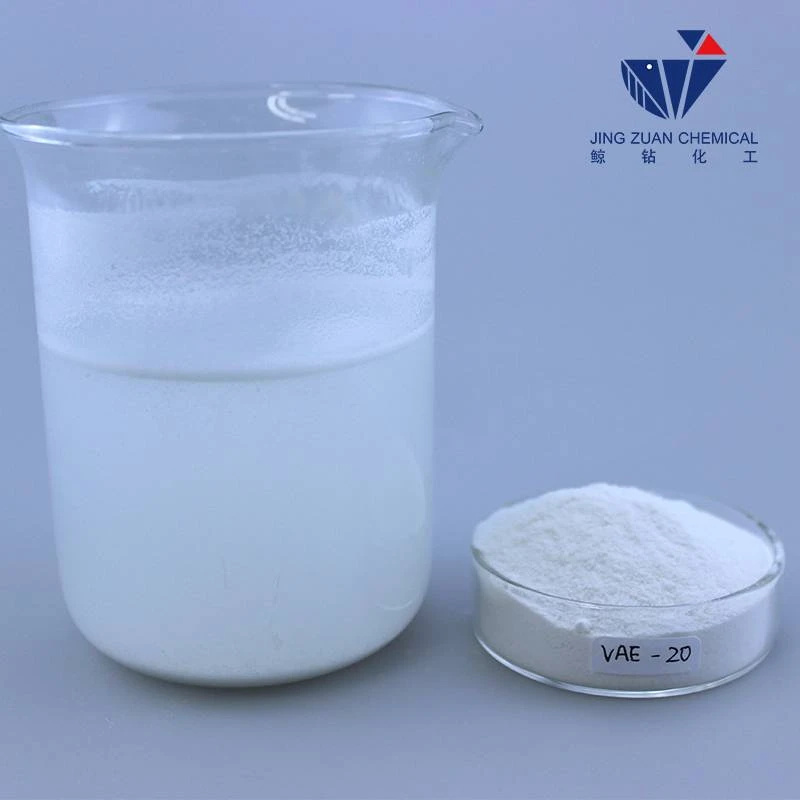
Nov . 30, 2024 10:06 Back to list
Innovative Additives for Enhancing Cement Adhesive Properties and Performance
The Role of Cement Adhesive Additives in Construction
Cement is the backbone of the construction industry, providing essential structural integrity to a plethora of projects, from residential homes to vast commercial buildings. However, standard cement can sometimes fall short in terms of performance, durability, and adaptability. This is where cement adhesive additives come into play, enhancing the properties of cement and making it more suitable for a wide range of applications.
Cement adhesive additives are substances mixed with cement to improve its characteristics. These additives can alter the physical and chemical properties of the cement, resulting in enhanced performance. Depending on the type of additive, the resulting cement can exhibit improved bonding capabilities, increased flexibility, and superior water resistance. For builders and engineers, this translates into more durable structures that can withstand the test of time and environmental challenges.
One major advantage of using cement adhesive additives is improved adhesion. Traditional cement can struggle to bond with certain surfaces, particularly in situations where moisture is present. For example, in areas subjected to high humidity or water exposure, such as bathrooms or swimming pools, the use of adhesive additives can significantly enhance the bond strength of cement to tiles, natural stones, and other materials. This not only secures the materials in place but also extends the overall lifespan of the installation.
Moreover, these additives can also impact the workability of cement, making it easier to mix, handle, and apply. For instance, fluidity-enhancing additives can reduce the viscosity of the mixture, enabling smoother application and better flow into intricate spaces. This characteristic is particularly beneficial during the construction of complex structures where precision is crucial. Enhanced workability means fewer application errors, resulting in a cleaner finish and reducing the need for subsequent touch-ups.
cement adhesive additive

Another crucial aspect of cement adhesive additives is their ability to increase the durability and longevity of concrete structures. By incorporating additives that improve resistance to environmental factors such as freeze-thaw cycles, chemical erosion, and abrasion, builders can create more resilient concrete. This is particularly important in regions exposed to harsh climates or industrial environments, where concrete can deteriorate quickly if not properly treated.
In addition to these benefits, incorporating cement adhesive additives can also result in cost savings for construction projects. While the initial investment in these specialized materials may be higher, the long-term advantages—such as reduced maintenance costs, fewer repairs, and longer service life for structures—can outweigh the upfront costs. Project managers and builders are increasingly recognizing the value of investing in quality materials that contribute to the overall success and sustainability of their projects.
Furthermore, the use of eco-friendly and sustainable adhesive additives is on the rise. As environmental consciousness grows within the construction industry, many manufacturers are developing additives derived from natural or recycled materials. These sustainable options not only perform well but also help reduce the carbon footprint of construction projects, aligning them with global efforts toward sustainability.
In conclusion, cement adhesive additives play a pivotal role in enhancing the performance and longevity of cement-based materials. Their ability to improve adhesion, workability, and durability makes them indispensable in modern construction practices. As technology advances and sustainability becomes an increasingly vital focus, the innovation in cement adhesive additives will likely continue to evolve, further transforming the landscape of the construction industry. Embracing these additives can lead to stronger, more resilient infrastructures capable of meeting today’s demands while safeguarding the environment for future generations.
-
Versatile Hpmc Uses in Different Industries
NewsJun.19,2025
-
Redispersible Powder's Role in Enhancing Durability of Construction Products
NewsJun.19,2025
-
Hydroxyethyl Cellulose Applications Driving Green Industrial Processes
NewsJun.19,2025
-
Exploring Different Redispersible Polymer Powder
NewsJun.19,2025
-
Choosing the Right Mortar Bonding Agent
NewsJun.19,2025
-
Applications and Significance of China Hpmc in Modern Industries
NewsJun.19,2025







